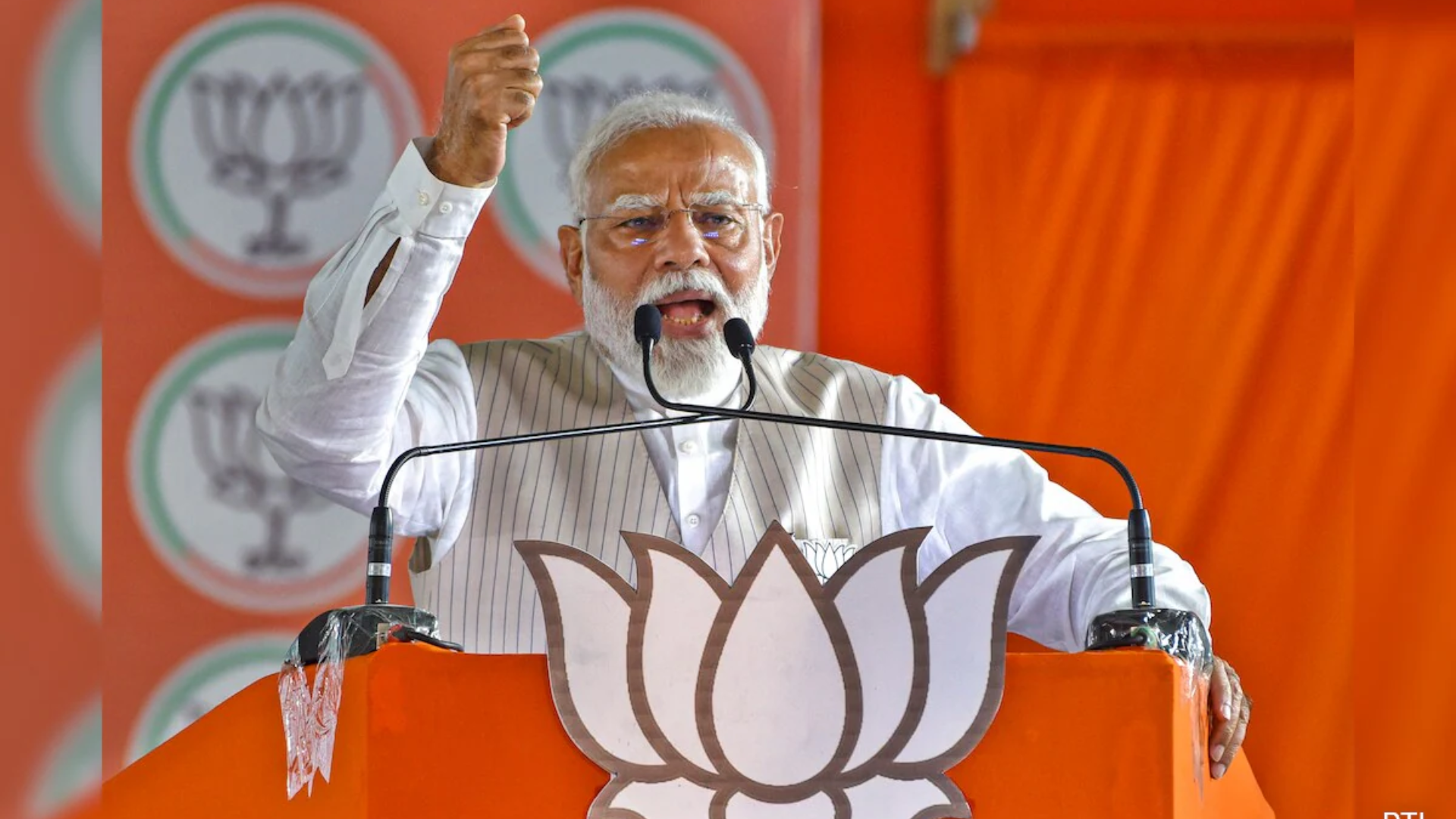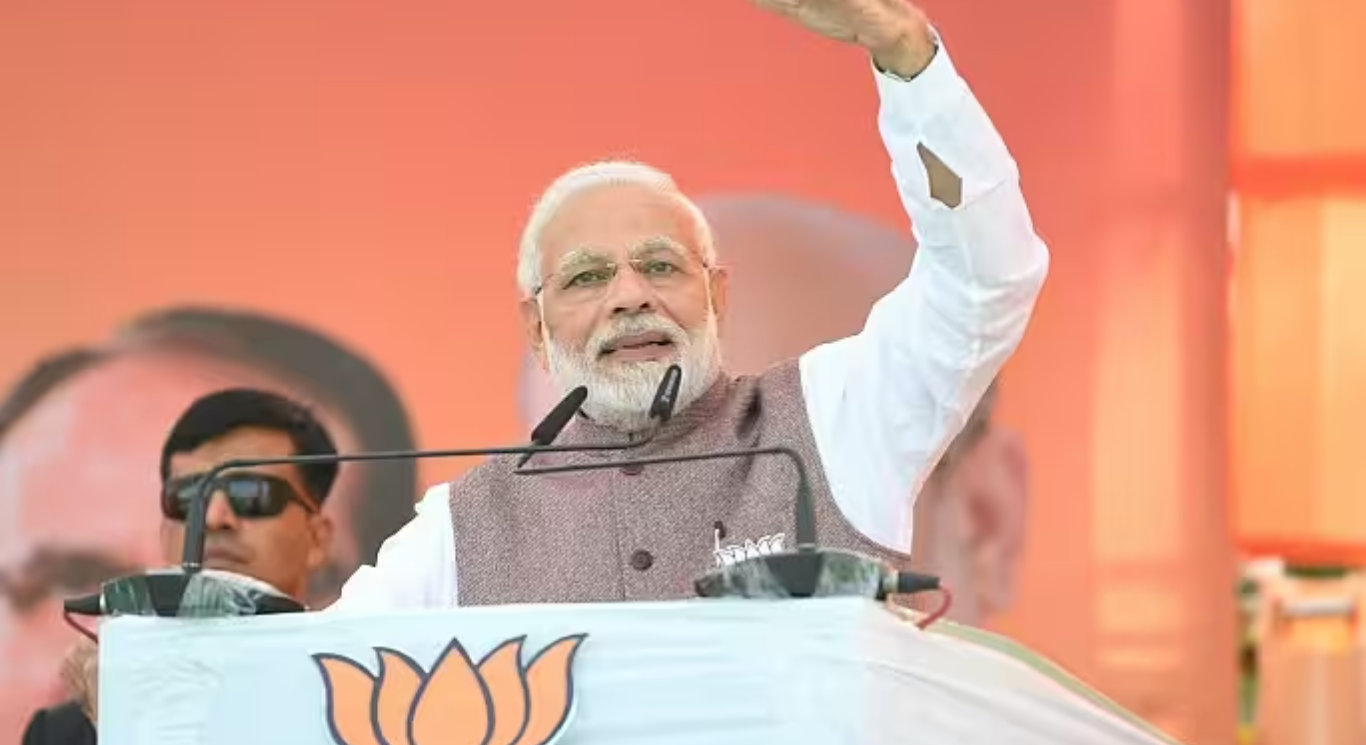




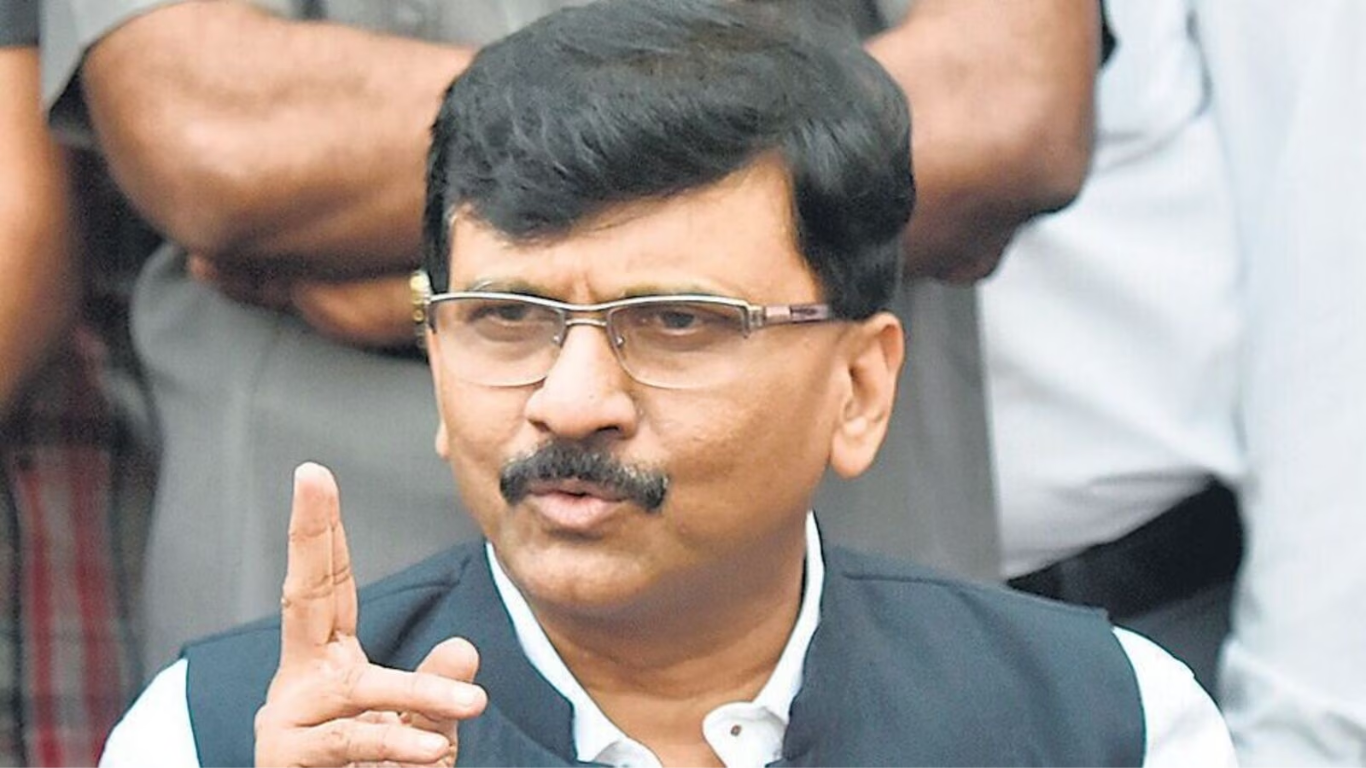



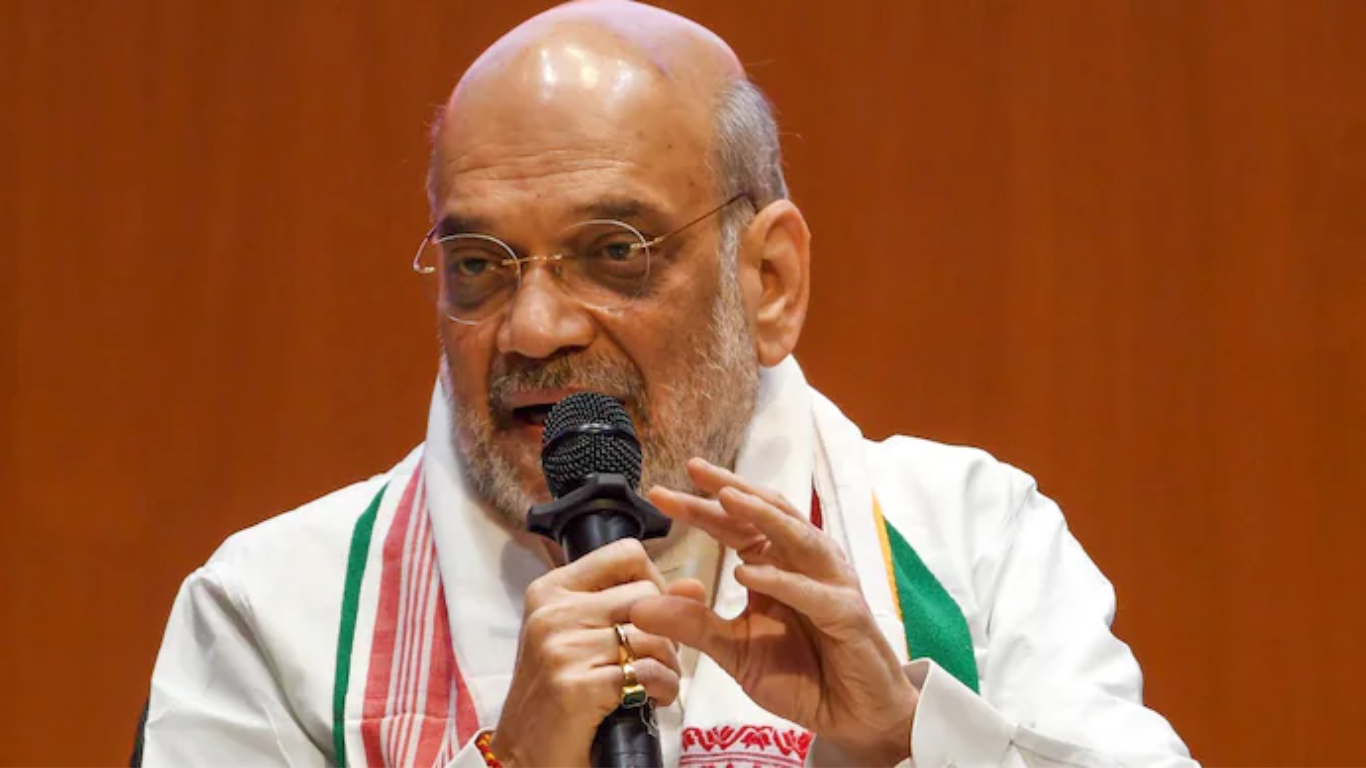
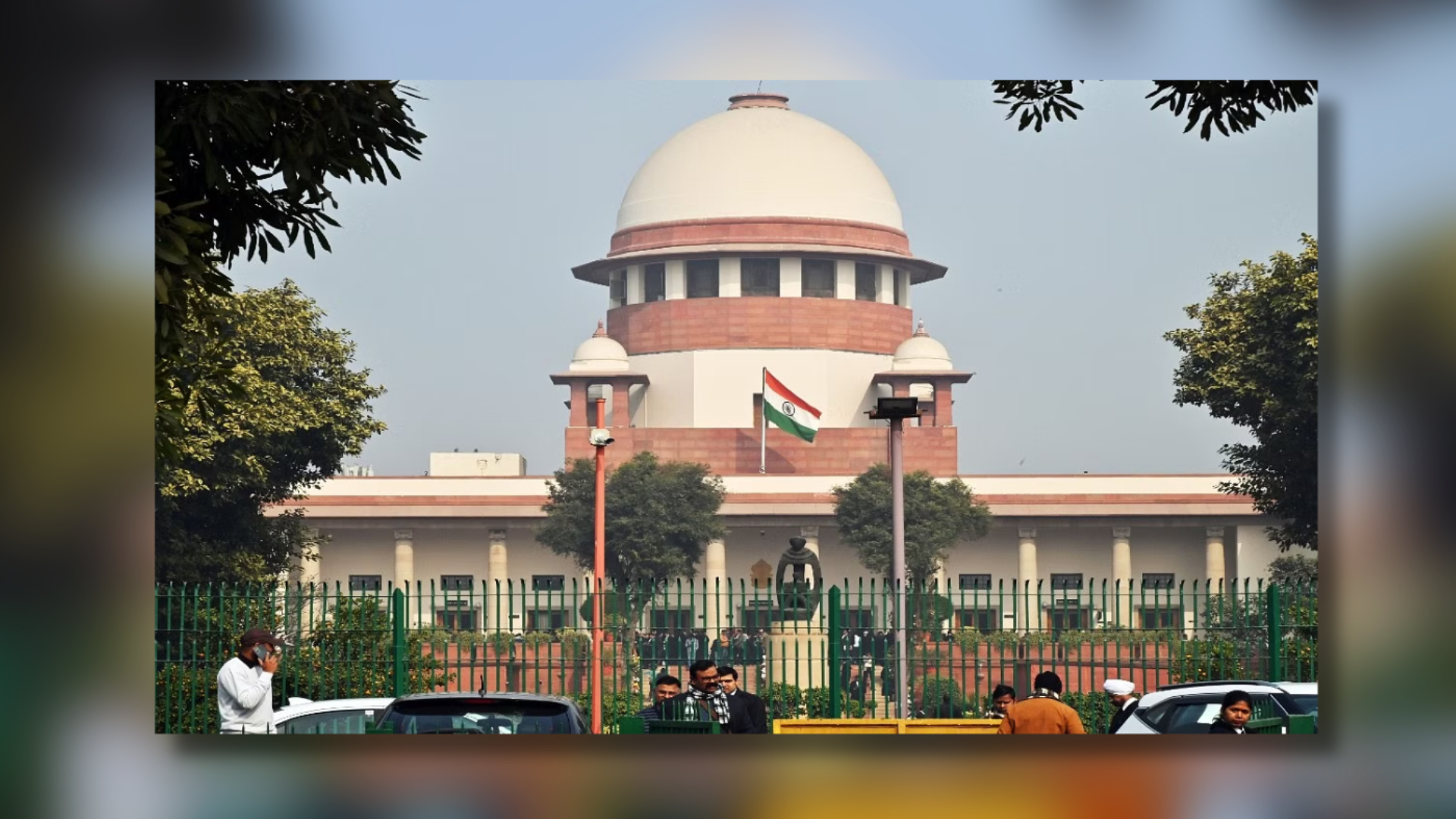
In a recent judgment, the Supreme Court highlighted that climate change affects the constitutional right to life, emphasizing the need for India to prioritize clean energy initiatives like solar power to safeguard citizens from the adverse impacts of the climate crisis.
“If climate change and environmental degradation lead to acute food and water shortages in a particular area, poorer communities will suffer more than richer ones…The inability of underserved communities to adapt to climate change or cope with its effects violates the right to life as well as the right to equality,” said the bench, also comprising justices JB Pardiwala and Manoj Misra.
The judgment stemmed from a petition by wildlife activist MK Ranjitsinh and others to protect the critically endangered Great Indian Bustard (GIB), found only in Rajasthan and Gujarat. The court recalled an earlier order from April 2021, which mandated the undergrounding of overhead transmission lines across an area exceeding 80,000 sq km in the two states.
This decision was prompted by concerns raised by the Union government regarding the feasibility of implementing the order. Additionally, since the primary solar and wind energy installations in the country are located in the same area, the Centre argued that the court’s directives would undermine India’s global commitments to reduce carbon emissions by increasing reliance on renewable energy sources.
In an order passed on March 21 but recently uploaded, the bench established an expert committee consisting of independent experts, members of the National Board of Wildlife, representatives from power companies, as well as former and current bureaucrats from departments of environment and forests and the Ministry of New and Renewable Energy (MNRE). The committee’s task is to propose strategies for reconciling two objectives: the conservation of the Great Indian Bustard and India’s sustainable development goals. The committee is expected to submit its initial report by July 31.
India’s Sustainable Development Goals
The Center informed the court that India’s aim to reach 500 GW of non-fossil fuel-based electricity generation capacity by 2030 is in line with its aspiration to achieve net-zero emissions by 2070.
In the fiscal year 2023-24, out of the total 9,943 MW of added generation capacity, 8,269 MW came from non-fossil fuel sources. India ranks fourth globally in terms of installed renewable energy capacity, as per the Renewable Energy Statistics 2023 published by the International Renewable Energy Agency.
“Beyond mere adherence to international agreements, India’s pursuit of sustainable development reflects the complex interplay between environmental conservation, social equity, economic prosperity and climate change,” the court held.

